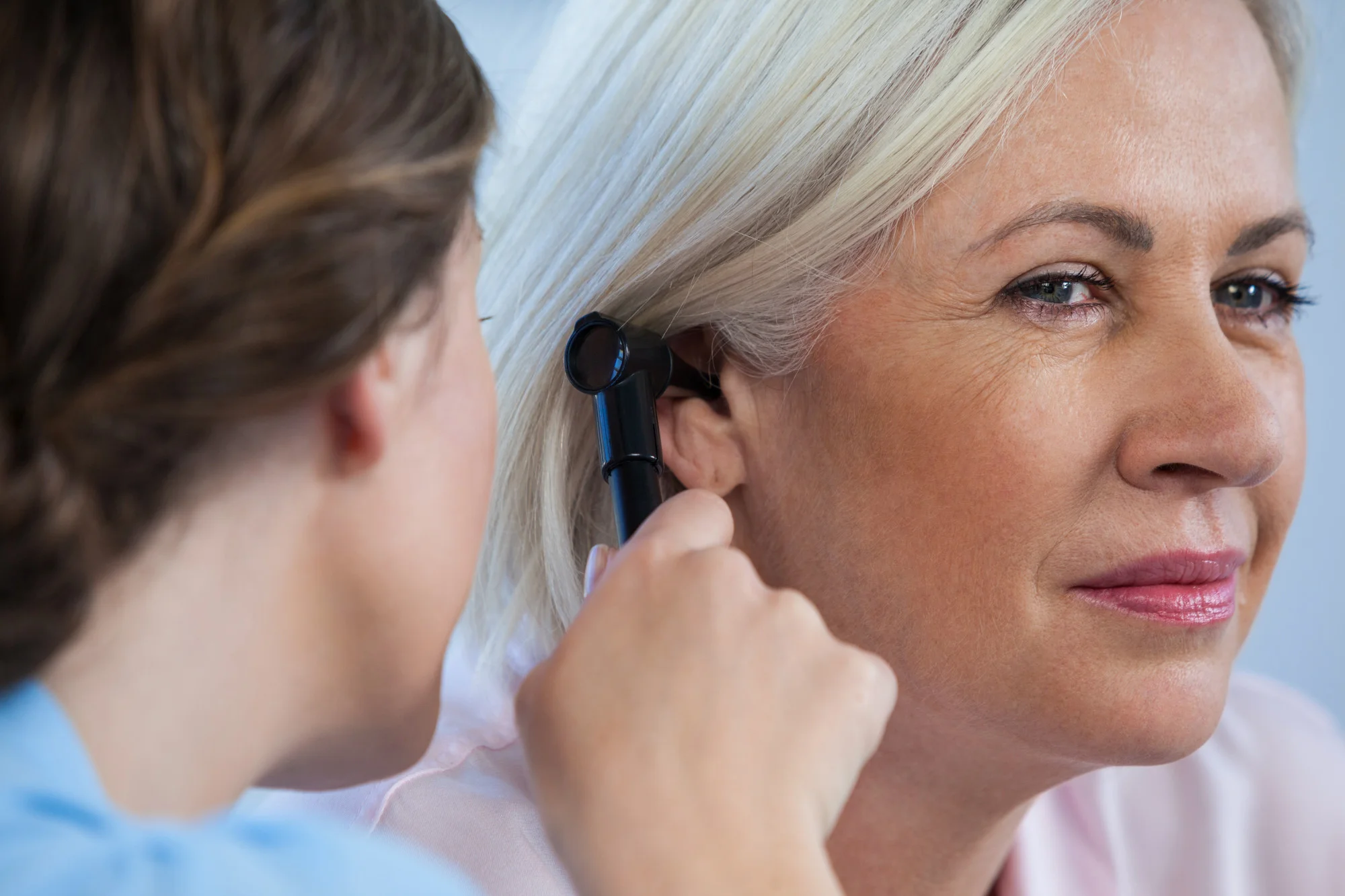Introduction
The world of audiology has recently witnessed a significant development, with a study aimed at determining the efficacy of advanced prediction techniques in adult cochlear implant recipients. Published in the “European Archives of Oto-Rhino-Laryngology”, this study asserts the necessity of improving cochlear implant outcomes through better predictive measures. Despite the technological advancements, the researchers found that certain intraoperative techniques and anatomical measures do not serve as effective predictive markers for postoperative success in cochlear implant patients. This article delves deeper into the findings presented by Leonhard L. Schrank and colleagues from the Division of Audiology, Department of Otorhinolaryngology at LMU University Hospital, Munich.
Study Overview
Cochlear implants (CIs) have been a beacon of hope for many adults suffering from severe to profound sensorineural hearing loss. The key to successful CI outcomes lies not only in the technology but also in the ability to predict how well a recipient will fare post-operatively. To enhance prognostic accuracy, this study compared the use of electrically evoked compound action potential (ECAP) measurements employing automatic auditory response telemetry (AutoART) with auditory response telemetry (ART). Additionally, it scrutinized whether the cross-sectional area (CSA) of the cochlear nerve (CN) could preoperatively predict postoperative speech intelligibility (SI) and hearing success (HS).
Methodology
The researchers embarked on a retrospective analysis involving data from 32 adult cochlear implant recipients. This investigation included a correlation of ART and AutoART ECAP thresholds, at electrodes E2, E6, and E10, with a collective ECAP threshold derived across electrodes E1-E12. Furthermore, the study examined ART and AutoART ECAP slopes, along with the correlation between these slopes and CN CSA as measured on MRI scans. An assessment of SI using the monosyllabic Freiburg Speech Test, at a 65 dB sound pressure level, was conducted. In concert with this, an analysis of HS, defined by the difference between baseline and 6-month SI, was also included in the scope of this study.
Findings
The findings were intriguing, revealing a significant positive correlation between ART and AutoART ECAP thresholds and slopes across specific electrodes and the average thresholds and slopes of E1-E12. However, the anticipated association between averaged ECAP thresholds and slopes (ART and AutoART) with SI and HS, as well as CN CSA, was conspicuously absent. Moreover, the correlation between CN CSA and SI and HS did not prove to be statistically significant either.
Implications
Adopting AutoART as a reliable and safe program to measure ECAPs in adults, the study denoted no preoperative prognostic value on intraoperative ECAP results using parameters extracted from MRI sequences. Additionally, no preoperative or intraoperative information could reliably predict subsequent hearing outcome utilizing ECAP and CN CSA. This outcome challenges the utility of such advanced prediction methods and brings to fore the complexities involved in cochlear implant procedures.
References
1. Schrank L, Nachtigäller P, Müller J, et al. (2023). ART and AutoART ECAP measurements and cochlear nerve anatomy as predictors in adult cochlear implant recipients. Eur Arch Otorhinolaryngol. 10.1007/s00405-023-08444-5.
2. Brown CJ, Abbas PJ, Gantz B. (1990). Electrically evoked whole-nerve action potentials: data from human cochlear implant users. J Acoust Soc Am. https://doi.org/10.1121/1.399716.
3. Kim J- R, Abbas PJ, Brown CJ, et al. (2010). The relationship between electrically evoked compound action potential and speech perception: a study in cochlear implant users with short electrode arrays. Otol Neurotol. https://doi.org/10.1097/MAO.0b013e3181ec1d92.
4. Estienne P, Scaglia A, Kontides A, et al. (2022). Comparison of automated and traditional ECAP recording approaches in clinical practice. Int J Audiol. https://doi.org/10.1080/14992027.2021.1928302.
5. van Eijl RHM, Buitenhuis PJ, Stegeman I, et al. (2017). Systematic review of compound action potentials as predictors for cochlear implant performance. Laryngoscope. https://doi.org/10.1002/lary.26154.
DOI: 10.1007/s00405-023-08444-5
Keywords
1. Cochlear Implant Success
2. ECAP Measurements
3. Cochlear Nerve CSA
4. Speech Intelligibility Prediction
5. Advanced Prediction Techniques in Audiology
Conclusion
The world of audiology and cochlear implantation stands at a pivotal juncture with these findings. As the pursuit for perfecting predictive techniques continues, this study demonstrates that our current methods may not yet provide the answers we need. However, it is the perseverance and commitment to research that propels medical science forward, inching us closer to the aspirations of offering personalized and efficacious interventions for hearing-impaired individuals.
